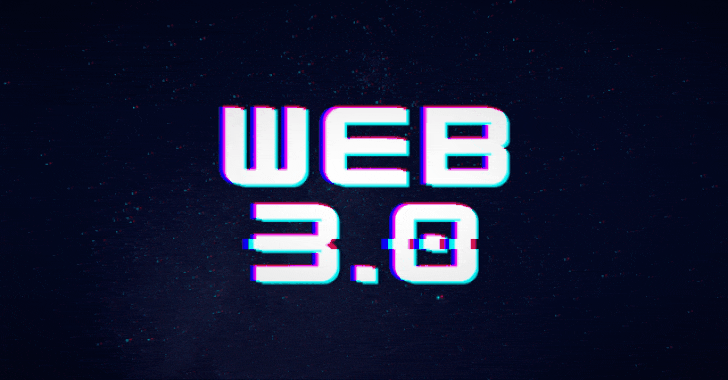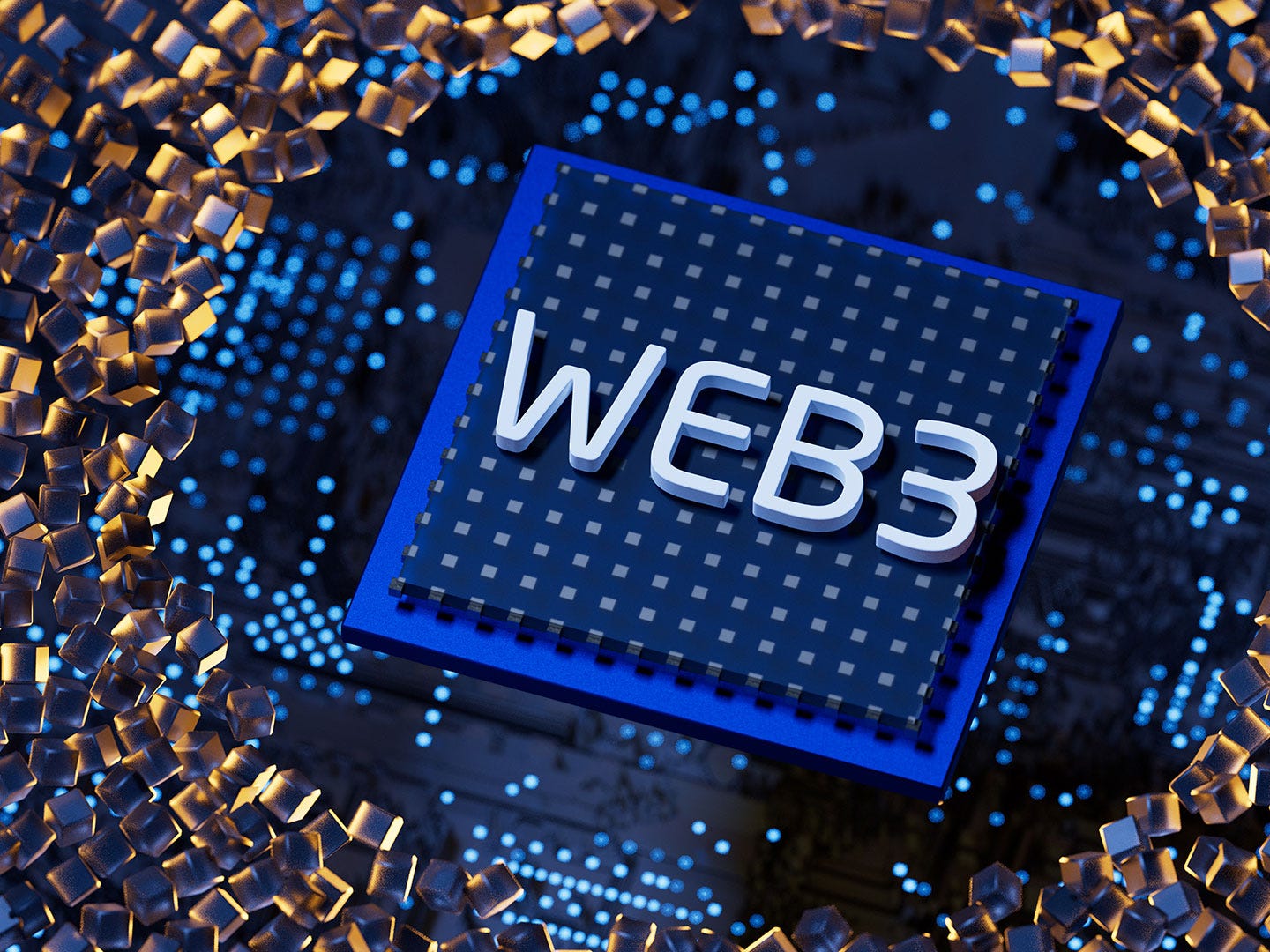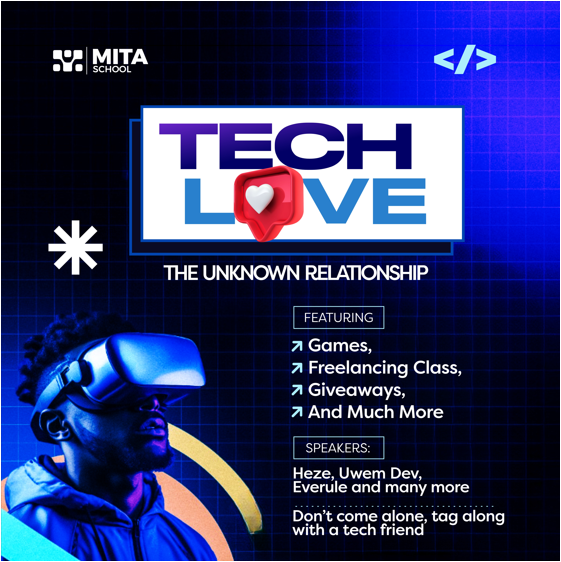What if the web could conjure up exactly the information you needed in exactly the format you wanted — before you knew enough to ask for it?
It would certainly be a much different, maybe even desirable — if a little creepy — internet experience. Yet it could someday be the reality of Web 3.0, the next version of the web.
Thanks to the changes that proponents of Web 3.0 claim it will bring, the internet will be much smarter, because artificial intelligence will be ubiquitous. All the world’s data will be unified in a so-called Semantic Web. Everyday users will have more say than wealthy corporations about how their personal information is used. Banks will be irrelevant as people exchange digital currencies and records without intermediaries.
Whether Web 3.0 comes to pass, especially in the form currently envisioned, remains an open question. What’s clear is that interest in Web 3.0 has never been higher. Enterprises are ready to learn enough about Web 3.0 to decide what actions to take, if any.
This guide provides answers to common questions and has hyperlinks to articles that go into depth about the business opportunities and risks. It also has detailed explanations of key Web 3.0 concepts, such as the effects of decentralization on web governance and data management, and what enterprises can do today to test the Web 3.0 waters.

Key Takeaways
- Web 2.0 and Web 3.0 are successive iterations of the original Web 1.0 of the 1990s and early 2000s.
- Web 2.0 is the current version of the web, while Web 3.0 represents its next phase,
Web 3.0 is expected to be more decentralized, more open, and of greater utility, due in part to the use of artificial intelligence. - Web 2.0 disrupted sectors that failed to integrate a web-based business model. Web 3.0 has the potential to be equally disruptive, if not more so.
What is Web 3.0 (Web3)?
Web 3.0 describes the next evolution of the World Wide Web, the user interface that provides access to documents, applications and multimedia on the internet.
Web 3.0 is still being developed, so there isn’t a universally accepted definition. Even the proper spelling isn’t nailed down, with analyst firms like Forrester, Gartner and IDC toggling between “Web3” and “Web 3.0.”
What is clear, though, is that Web 3.0 will place a strong emphasis on decentralized applications and probably make extensive use of blockchain-based technologies. It will also use machine learning and AI to empower a more intelligent and adaptive web.
Decentralization
This is a core tenet of Web 3.0. In Web 2.0, computers use HTTP in the form of unique web addresses to find information, which is stored at a fixed location, generally on a single server. Web 3.0 information will be found based on its content and thus can be stored in multiple locations simultaneously.
It becomes decentralized. This would break down the massive databases currently held by internet giants like Meta and Google and would hand greater control to users.
With Web 3.0, the data generated by disparate and increasingly powerful computing resources, including mobile phones, desktops, home appliances, and vehicles, will be sold by users through decentralized data networks, ensuring that users retain ownership control.
Trustless and Permissionless
As it is based upon open source software, Web 3.0 will also be trustless (i.e., the network will allow participants to interact directly without going through a trusted intermediary) and permissionless (meaning that anyone can participate without authorization from a governing body).
As a result, Web 3.0 applications will run on blockchains or decentralized peer-to-peer networks, or a combination thereof. Such decentralized apps are referred to as dApps.
Artificial Intelligence (AI) and Machine Learning
In Web 3.0, computers will be able to understand information similarly to humans, through technologies based upon Semantic Web concepts and natural language processing. Web 3.0 will also use machine learning, a branch of artificial intelligence (AI) that uses data and algorithms to imitate how humans learn, gradually improving its accuracy.
These capabilities will enable computers to produce faster and more relevant results in a host of areas like drug development and new materials, as opposed to merely targeted advertising that forms the bulk of current efforts.
Connectivity and Ubiquity
With Web 3.0, information and content will be more connected and ubiquitous, accessed by multiple applications and with an increasing number of everyday devices connected to the web. One example of this is the Internet of Things.
Potential and Pitfalls of Web 3.0
Web 3.0 has the potential to provide users with far greater utility, going well beyond the social media, streaming, and online shopping that comprise the majority of Web 2.0 applications that consumers use.
Capabilities like the Semantic Web, AI, and machine learning, which are at the core of Web 3.0, have the potential to greatly increase application in new areas and vastly improve user interaction.
Core features of Web 3.0, such as decentralization and permissionless systems, will also give users much greater control over their personal data.
This may help limit the practice of data extraction (the collecting of information from web users without their consent or compensation) and curb the network effects that have enabled the technology giants to become near-monopolies through exploitative advertising and marketing practices.
However, decentralization also brings with it significant legal and regulatory risks. Cybercrime, hate speech, and misinformation are already difficult to police and will become even more so in a decentralized structure because of the lack of central control.
A decentralized web would also make regulation very difficult. For example, which country’s laws would apply to a specific website whose content is hosted in numerous nations globally?
Why is Web 3.0 important?
If decentralizing the web’s architecture delivers even a portion of the benefits promised by Web 3.0 proponents, it could fundamentally alter how people interact on the web and how companies make money from goods and services.
Web 2.0 giants like Amazon, Google and Facebook parent Meta grew quickly by collecting and centralizing petabytes of customer data and monetizing it in myriad ways. Web 3.0’s global peer-to-peer network could be the great leveler that makes it hard for such companies to grow by hoarding data. Individuals will have more control over web content and who can access and profit from their personal data.
Web 3.0 business opportunities, by contrast, are likely to center around exploiting this new ability to tailor web products and services to the individual. For example, Web 3.0 marketing capabilities could help companies strike a better balance between privacy and personalization than is possible with today’s web. The downside: They may find Web 3.0’s strong privacy protections a barrier to how they already do digital marketing.
The greater transparency provided by immutable blockchain ledgers could improve customer service, as both parties have access to the record of their transactions. Businesses could more easily monitor their supply chains by using decentralized apps to break down data silos and see suppliers’ activities. Sharing real-time information among supply chain participants could reduce shortages and speed up deliveries.
Web 3.0 is also important as the infrastructure for the metaverse, a proposed 3D virtual world in which digital representations of people, called avatars, interact and conduct business. The metaverse, like Web 3.0, doesn’t exist yet, and it will likewise rely on blockchain or a comparable decentralized technology for its data infrastructure and finances, as well as on AI to make it more responsive to the wishes of users.
The metaverse and Web 3.0 are interdependent at the technical and conceptual levels and, therefore, likely to evolve in tandem. The metaverse probably won’t come to pass until its Web 3.0 underpinnings are firmly established.

How can you prepare for Web 3.0?
The best way to get ready for Web 3.0 is first to acquire a basic understanding of its core technologies, and then to get experience working with longtime web development languages such as JavaScript, but also Rust, a newer language that is becoming popular for Web 3.0 projects. Also, it’s important to get familiar with the top blockchain platforms, including Ethereum, Hyperledger Fabric and IBM Blockchain. Front-end development, such as user experience and dApps design, is expected to be among the important Web 3.0 skills.
In addition, Web 3.0 tools for developing most of the key components are available and growing in popularity. For example, Alchemy, Chainstack and OpenZeppelin help developers build blockchain dApps, cryptocurrency wallets and NFTs, while tools like Chainlink and Fluree are geared to integration and data management. Others, including Casper, Ethernal and Solidity, focus on smart contract development.
The heavy lifting that is so clearly needed to construct something as huge as Web 3.0 could turn out to be a communal effort spread across millions of contributors. If everyone does their part, the future of the internet could finally look more like the symbiosis between people and the global digital “brain” of collective knowledge that visionaries like Nelson and Berners-Lee had in mind.
Web 3.0 FAQs
Below are some frequently asked questions people have about Web 3.0.
Is Web 3.0 the same thing as the Semantic Web?
The Semantic Web is one of Web 3.0’s essential pieces because it’s what makes the meaning of web content and user commands comprehensible to AI, which in turn drives the greater responsiveness and personalization that are key Web 3.0 benefits. However, Web 3.0 requires other technical underpinnings besides the Semantic Web — in particular, blockchain.
Is Web 3.0 the same as the metaverse?
You can think of the metaverse as a user experience supercharged with 3D augmented and virtual reality that turns the internet into a single, shared virtual space, enabling people to do things that aren’t possible in the physical world. The metaverse will require blockchain, the most important part of Web 3.0, to decentralize and secure its digital content and tokenize assets. Web 3.0 could, in theory, exist before the metaverse, but the opposite is unlikely. For a single, virtual world — a metaverse — to be created, Web 3.0 will need to replace the fundamental infrastructure of today’s web, or at least major parts of it.
How are Web 3.0 and blockchain related?
Blockchains are the basic infrastructure for Web 3.0’s decentralized data model. Blockchain-based technologies — especially cryptocurrencies, dApps, NFTs and smart contracts — are expected to play major roles in Web 3.0’s highly distributed, more personalized web experience.
Who created Web 3.0?
No one person or organization came up with the idea or the technical components. If you had to name one, it would be Tim Berners-Lee, who invented the World Wide Web and has strongly advocated for the Semantic Web, a key differentiator of Web 3.0 from previous generations. However, the creators of blockchain and the technologies that run on it — cryptocurrency, smart contracts and DAOs — as well as the nonprofits and companies that are commercializing blockchain, also deserve credit for building the pieces that, if they come to dominate the internet, will mean Web 3.0 has effectively arrived.
Can Web 3.0 be hacked?
Despite the extreme claims of blockchain “true believers,” major blockchains and cryptocurrencies have suffered occasional hacks. There’s little reason to believe that when it finally comes along, Web 3.0 won’t also be vulnerable, since blockchain is the most important piece in its foundation.
What are Web 3.0 crypto coins?
Web 3.0 coins will be the same coins as Web 3.0’s underlying cryptocurrencies, such as Bitcoin and Dogecoin, which are already in use.
How can you invest in Web 3.0?
An obvious, well-trod first step is to invest in one of the better-known cryptocurrencies. Few of the vendors that specialize in Web 3.0 technology are publicly traded, but a handful of exchange-traded funds (ETFs) have emerged to group the stocks of Web 3.0 companies in a single fund for investors to buy into. There are also ETFs and mutual funds that bundle cryptocurrencies. It’s early to consider more established companies like Google and Meta as direct Web 3.0 investments, since their Web 3.0 efforts are a small fraction of their businesses, but that could soon change.




